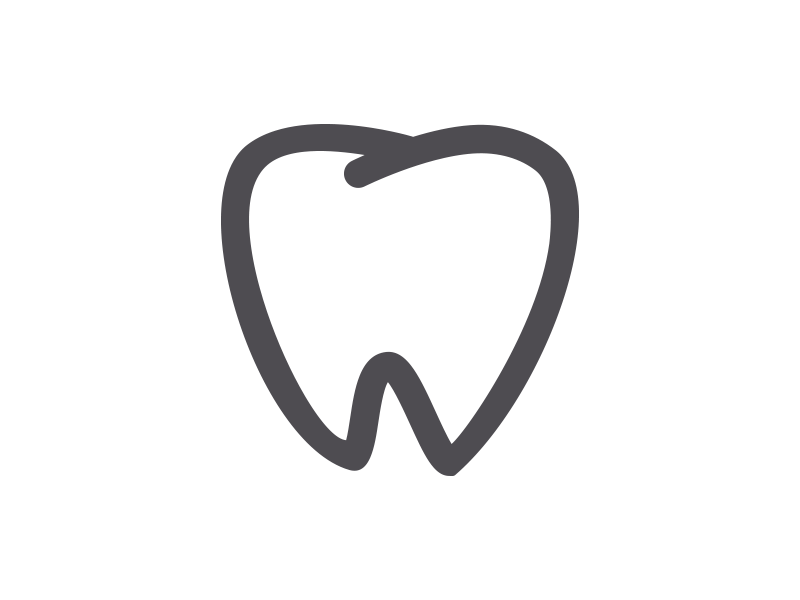Sweet Tooth Obsession & It’s Impact on Oral & Systemic Health
Sweet Tooth Obsession & It’s Impact on Oral & Systemic Health

Our office attended the Yankee Dental Congress in Boston in January this year. One of the courses I attended called to me, Sweet Tooth Obsession & It’s Impact on Oral & Systemic Health presented by Karen Davis, RDH, BSDH. I have a very persistent sweet tooth and I know the dangers of giving in to those cravings. This course was certainly an eye opener.
We have all heard that Americans consume too much sugar and the facts are concrete to support this. The daily average consumption of added sugar by individuals is 300 calories (20 teaspoons or 80 grams). The American Heart Association recommends only six teaspoons (24 grams) daily for women and nine teaspoons (36 grams) daily for men of added sugar. That means the average American is consuming 11-14 tsps (44-56 grams) above the recommendation. I love sweets, but I cannot imagine sitting down and eating 14 teaspoons of sugar. However, I am sure it’s easy to do because our food has so much sugar added to it.
According to an article by Harvard Pilgrim Healthcare in 2015, the most common sources of added sugar in our diets are:
- Sodas, sports and energy drinks
- Processed sugar, such as table sugar and candy
- Sweet baked goods, like cakes, cookies, and pies
- Fruit drinks, such as fruit aids and fruit punch
- Dairy items, such as ice cream and sweetened yogurt
- Sweetened, ready-to-eat cereals
A.K.A. Sugar
Below are some other names of sugar. They may sound harmless or healthier than the white processed sugar in our grandmother’s sugar bowl, but they are still sugar and can expose us to disease if consumed in excess.
- High Fructose Corn Syrup
- Coconut Palm Sugar
- Maple Syrup
- Evaporated Cane Juice
- Honey
- Brown Rice Syrup
- Agave Syrup
- Juice Concentrates
- Maltose/Dextrose
How do folks satisfy their sugar cravings?
Besides white sugar and the those mentioned above people are leaning toward sugar alcohols such as, Xylitol, Sorbitol, Maltitol, Mannitol, etc. because they occur naturally in plants, are not completely absorbed, have lower glycemic index than white sugar, have fewer calories per gram and do not promote tooth decay like other sugars. The FDA recognizes Erythritol, Stevia, Isomalt, Sorbitol and Maltitol as being safe alternatives to white sugar because they are extracted from fruits, fermented foods, natural herbs, beets, stone fruits, berries, and starches.
Xylitol seems to be all the hype these days with a few drawbacks. It’s made from berries, oats, mushrooms and extracted from hardwood trees – natural, right? Same sweetness as white sugar but is anti-cariogenic meaning that it interferes with the development of tooth decay. Xylitol stimulates the flow of saliva keeping salivary glands working in the mouth, so the teeth stay moist preventing plaque and decay. Possible side effects are ear and yeast infections and osteoporosis.
Another alternative for satisfying a sweet tooth is to rely on FDA-approved sweeteners, such as Saccharin (Sweet-n-Low), Aspartame (NutraSweet/Equal), Sucralose (Splenda), etc. but many of these have a bitter after taste and are chemically altered. We have gone to great lengths to sweeten our food to include sweeteners that may not be made from real food. Why? Our society has increased the amount of sugar in everything changing the desire of our palate. Sugar that naturally exists in food, like in a piece of fruit, isn’t sweet enough to satisfy our sugar craving. This can be changed by crowding sugary desserts with fresh fruit and yogurt smoothies. Consuming less refined sugar opens the door for your body to find natural sweetness more satisfying.
What does all this added sugar do to us?
Weight gain that leads to obesity. In the last three decades, obesity in the US doubled for adults and tripled for children. More than 60% of the global disease will be associated with obesity by 2020. Excess sugar sets the stage for disease by elevating cholesterol imbalance and deregulating the body’s insulin monitor, meaning it takes more insulin to balance blood glucose. Also, it increases visceral and intrahepatic fat deposition as well as increasing triglycerides, hypertension and blood pressure levels. Vitamin and mineral intake is compromised, and it increases risk and pancreatic cancer cells.
The impact of excess sugar in any form in our society is doing monumental damage to our bodies. An example of this in the 9-year Northern Manhattan Study regarding stroke and stroke risk factors among Manhattan’s multi-ethnic community. The study highlights that drinking diet soda daily resulted in more than 61% risk of vascular events.
What can we do?
Karen Davis presented tips for gaining control.
- Be a label detective and decide wisely!
- Eliminate sugary drinks! Water is the best way to quench your thirst. If you want fruit juice, look for “100% Fruit Juice” on the label.
- Substitute sugar alcohols for sugar in foods and beverages (start slowly)
- Count sugar grams throughout the day (Fooducate)
- Use Xylitol gum or mints following meals – strive for 5+
- Reduce cravings with substitution such as almonds, walnuts, cheese and substitute fresh fruit for desserts. In recipes, try using 1 cup of unsweetened applesauce in place of 1 cup of sugar. Also, add almond and vanilla extract or spices, like ginger and cinnamon to add flavor without sugar (Harvard Pilgrim Healthcare).
- Prepare foods with fresh herbs to increase satisfaction with meals
- Don’t keep processed/sugary items at home
- Enjoy the delectable in moderation, on occasion (3 bite rule)
- Move more to burn more!
As much as I love sweets, this data has convinced me that I need to keep control of my sweet tooth obsession for my overall oral health and to avoid systemic disease.
Other helpful resources are ChooseMyPlate.gov and the Environmental Working Group, ewg.org/foodscores













3 Comments
Shruti Shah
Good to read this valuable information. Thanks for sharing.
Teeth Whitening
Found this article to be very helpful. Thank you!!
Prathmesh Joshi
Thank you for sharing this valuable information with us